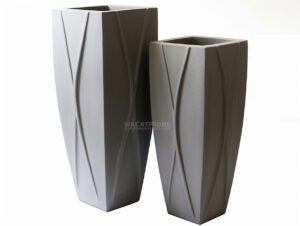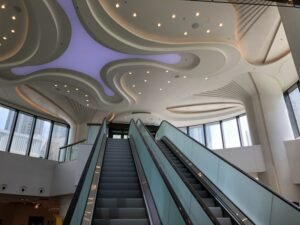
How to Clean and Maintain GFRC Panels
Glass Fiber Reinforced Concrete (GFRC) panels are a popular choice in modern construction for their durability, versatility, and aesthetic appeal. Whether used in architectural facades, interior cladding, or decorative elements, GFRC panels can enhance the visual and structural aspects of a building. However, like any material, GFRC requires regular cleaning and maintenance to preserve its appearance and performance over time. In this article, we will discuss the steps and best practices for cleaning and maintaining GFRC panels. Why Cleaning and Maintenance are Important Proper cleaning and maintenance of GFRC panels are essential for several reasons: Preserve Aesthetics: GFRC panels often serve as a decorative element of a building’s facade or interior. Regular cleaning helps maintain their visual appeal by removing dirt, stains, and pollutants that can accumulate over time. Extend Lifespan: Cleaning and maintenance can significantly extend the lifespan of GFRC panels. Neglected panels may deteriorate faster, leading to costly



